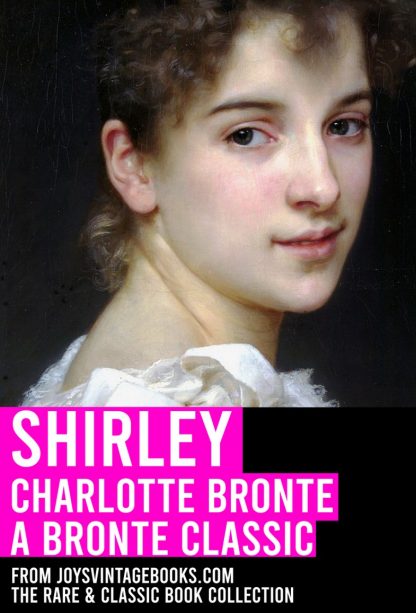
In this way, she hoped to subdue the exaggerated romanticism- and the overwrought writing-of the fantasy fictions.

The power and reality of the inner life disturbed Brontë after she had passed through adolescence she compared her creative urge to the action of opium and was afraid that she might become lost in her “infernal world.” When she began to think of publication, she deliberately used material from her own experience and reported scenes and characters in verifiable detail.

The source of these fantasies was, to a degree, beyond control, occurring in the region the twentieth century has termed “the unconscious” by writing them down from childhood on, Brontë learned to preserve and draw on relatively undisguised desires and ego conflicts in a way lost to most adults. Certain characters and situations that crystallized the emotional conflicts of early adolescence became necessary components of emotional satisfaction. Its literary forebears were the written corporate daydreams of her childhood and the Romantic poets she read during the period when the fantasies took shape. Brontë startled the Victorians because her work was so little influenced by the books of her own era. Tension and ambiguity grow from the intersections and conflicts among these levels of writing and, indeed, among the layers of the self.įew writers of English prose have so successfully communicated the emotional texture of inner life while still constructing fictions with enough verisimilitude to appear realistic. The individualism and richness of Charlotte Brontë’s (21 April 1816 – 31 March 1855) work arise from the multiple ways in which Brontë’s writing is personal: observation and introspection, rational analysis and spontaneous emotion, accurate mimesis and private symbolism.


 0 kommentar(er)
0 kommentar(er)
